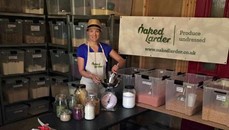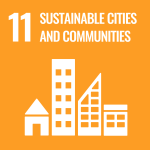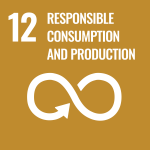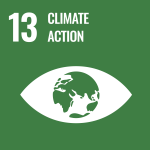Zero Packaging

saving packaging at the time of shopping
Sustainability Category:

GameCard Type:

Location:
it can be used in all shops that sell food ingredients such as oil, beans, pasta or etc


Player Group
Everyone
#no_Package #zero_packaging #zero_waste #zero_packaging_shop #zero_waste_shop
Sustainable Development Goals



Facts:
in such shops all ingeredients such as pasta, tea, oil, cereal, suger and etc are sold without any packaging and costomers take their own renewable containers with themselves at the time of shopping
Tips & Guidance
- shops directly buy ingeredients from factories without packaging
- people take their own reuseable bags or containers
- sales people refill the containers
Top:
people bring their own containers and packaging production decrease significantly
Flop:
people still prefer to buy products with beautiful packaging
Sustainability-Indicators

Energy [kWh]
- On average it takes 500 kilowatt-hours (kWh) of electricity to produce 200kg of paper, the average amount of paper that each of us consumes each year.

Water [L]
the amount of water going into making the bottle could be up to six or seven times what’s inside the bottle.

Land / Ressources [m3]
Containers and packaging make up a major portion of municipal solid waste (MSW), amounting to 82.2 million tons of generation in 2018 (28.1 percent of total generation).

Climate [CO2eq]
- The materials most used in packaging are plastic, paper or cardboard. According to a study carried out by the CIEL (Center for International Environmental Law), in order to manufacture a kilogram of plastic, 3.5kg of CO2 are emitted into the atmosphere, which only adds to the problem posed by its slow degradation.

Social & Economical
- Although this cost ranges from 1.4 percent to 40 percent, the average cost of packaging is $1 for every $11 spent.
– https://www.libertypackaging.com/blog/bid/97272/a-look-at-packaging-costs#:~:text=In%20today’s%20business%20environment%2C%20based,%241%20for%20every%20%2411%20spent.
– https://www.essentra.com/en/news/articles/packaging_carbon-footprint-in-packaging#:~:text=The%20materials%20most%20used%20in,posed%20by%20its%20slow%20degradation.
– https://www.epa.gov/facts-and-figures-about-materials-waste-and-recycling/containers-and-packaging-product-specific-data
– https://www.npr.org/sections/thesalt/2013/10/28/241419373/how-much-water-actually-goes-into-making-a-bottle-of-water#:~:text=%22Packaging%20makes%20a%20significant%20footprint,times%20what’s%20inside%20the%20bottle.
– https://www.internationalpaper.com/Apps/the-little-green-kit/en/the-little-green-book/3-energy-waste-myth.html

Authors & Editors
Budgens, Belsize Park the first zero waste shop in London
